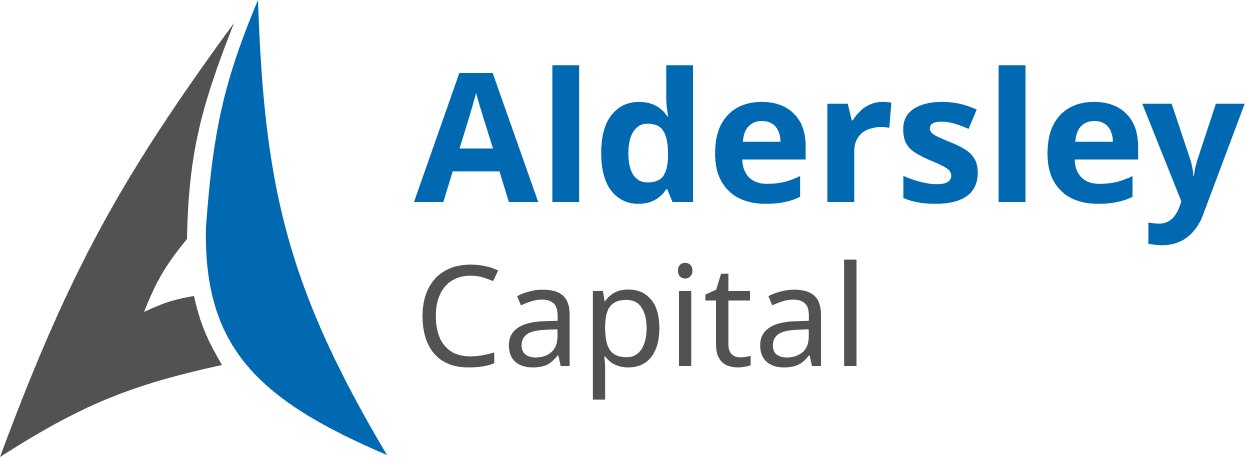What is dollar cost averaging?
Dollar cost averaging is the practice of investing a fixed dollar amount on a regular basis, regardless of share prices. It’s a good way for accumulating investors to develop a disciplined investing habit, be more efficient in how you invest and potentially lower your stress level—as well as your costs.
Let’s say you invest $5,000 initially and then $5,000 every quarter for 4 quarters thereafter. If the market is near a high, your $25,000 will buy fewer shares, but when the market is down, your money will buy more shares. Over time, this strategy can protect your portfolio against short term market falls by lowering your average cost per share of entry —compared to what you would have paid if you’d bought all your shares at once at a top in the market.
Dollar cost averaging only works when the average value of the shares you are buying are in fact falling over the time you are investing, prior to at least recovering to what y0u first paid for them.
It will underperform as a strategy if the market continues to rise after you first invest.
Our general advice to new investors, unless our newsletters are saying otherwise, is to invest what you have available to invest in full at the outset, and don’t try to pick the market low by either delaying investment or only investing a small amount. Market timing decisions are best left to the few professionals who are good at it. Besides, all our models are managed with an eye to changing liquidity based on risk managing for market timing risk.
How dollar cost averaging works
| Timing | Amount | Share price | Shares purchased |
|---|---|---|---|
| QTR 1 | $5000 | $5 | 1000 |
| QTR 2 | $5000 | $5 | 1000 |
| QTR 3 | $5000 | $2 | 2500 |
| Qtr 4 | $5000 | $4 | 1250 |
| Qtr 5 | $5000 | $5 | 1000 |
| Total invested: | Average cost/share: | Total shares purchased: | |
| $25,000 | $3.70 | 6,750 worth $33,750 |
As you can see above, a dollar cost averaging method enabled our hypothetical investor to take advantage of a price decline in Qtr 3, significantly reducing the average cost per share. Despite paying $4 or more per share in four out of the five months, the average cost per share came out to $3.70, and the investor was able to purchase a total of 6,750 shares, worth $33,750 a gain of 35% even though the market has been flat (but volatile).
| Timing | Amount | Share price | Share purchased |
|---|---|---|---|
| Qtr 1 | $25,000 | $5 | 5000 |
| Qtr 2 | $0 | $5 | 0 |
| Qtr 3 | $0 | $2 | 0 |
| Qtr 4 | $0 | $4 | 0 |
| Qtr 5 | $0 | $5 | 0 |
| Total invested: | Average cost/share: | Total shares purchased: | |
| $25,000 | $5 | 5,000 worth $25,000 |
By contrast, had all $25,000 been invested in Qtr 1, the average cost per share would have been $5 for a total of 5,000 shares. You would performed in line with the market.
Perfect world
In a perfect world, the investor would have invested all the money in Qtr 3 and walked away with 12,500 shares. However retail investor timing is notoriously poor, which is why dollar cost averaging is a useful strategy. By investing initially and frequently and regularly over a long period of time, you’re less likely to miss out on those buying opportunities.
Why in Aldersley Capital Direct you should generally invest the full amount with us
Dollar cost averaging assumes a passive approach to the existing portfolio that is not the case with our three portfolio models. Let’s say you had invested $25,000 with us in Qtr 1. A fall of 60% in share prices doesn’t occur without warning signs. You may discover via the App that your portfolio suddenly went 60% liquid prior to the fall in share price values, given we have a past successful track record of doing so. And we also have a record of successfully timing re-entry near the lows. In which case the $25,000 would be worth $19,000 at the end of Qtr 3, not the $10,000 it would without market timing intervention. After a sudden 60% fall in the market it’s a no brainer to be buying back into the market panic – the trick is to have the liquidity to do so. We would go fully invested after such a drop and switch into high beta recovery stocks. This exercise, in this example means that you end up with 9,500 shares worth a cool $47,500, not quite the perfect solution but the next best thing.
| Timing | Amount | Share price | Share purchased |
|---|---|---|---|
| Qtr 1 | $25,000 | $5 | 5000 |
| Qtr 2 | ($15,000) | $5 | (-3000) |
| Qtr 3 | $15,000 | $2 | +7,500 |
| Qtr 4 | $0 | $4 | 0 |
| Qtr 5 | $0 | $5 | 0 |
| Total invested: | Average cost/share: | Total shares purchased: | |
| $25,000 | $5 | 9,500 worth $47,500 |
Disclaimer – the example above assumes the portfolio goes 60% liquid, but in the 2020 drop it only went 40% liquid. It assumes re-entry is timed perfectly, which we did do in 2020 and 2009 but the future track record of doing so is uncertain.
Side Benefits of dollar cost averaging
- it establishes good investing habits. Even though you know you should be investing regularly, sometimes it’s tempting to spend the money earmarked for investing on other things. If you set up regular, automatic contributions, you’re less likely to miss the money you invest, more likely to develop investing discipline and more likely to stick to your plan.
- Dollar cost averaging may also help prevent your emotions from undermining your portfolio. When you invest a large sum of money in a single amount, you’re more likely to feel regret if that turns out to be poorly timed. Behavioural economists note that most people are inherently loss-averse—they tend to react more strongly to losses (or the prospect of them) than to gains. But with dollar cost averaging, you’re investing smaller sums of money over time, making it easier to stomach a poorly timed investment.
Did you know?
You can take advantage of the benefits of dollar cost averaging in Aldersley Capital Direct by setting up automatic regular contributions via the Investor Portal.

